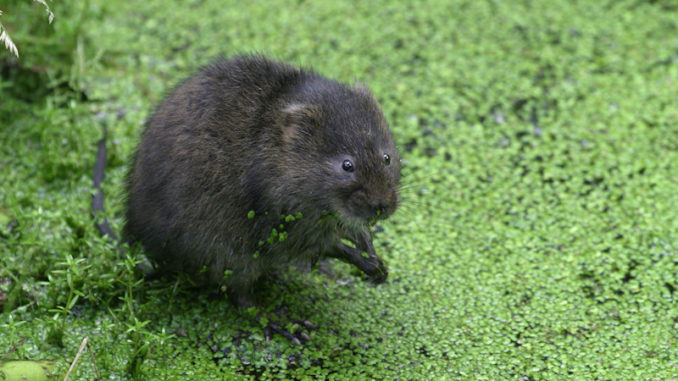
Water voles and small pearl-bordered fritillary butterflies are the focus of a new project in the North York Moors National Park because the two species happen to be ‘clinging on’ in the same local areas.
Over the next 12 months, the national park authority will work in partnership with Natural England, Forestry England and Butterfly Conservation to increase understanding about the status of these two species, and how best their populations can be helped to recover.
This will include the first ever DNA analysis of water voles in the National Park, which will tell researchers the degree to which individual animals are related and therefore the likelihood of the population surviving long-term.
The project has been successful in securing funding of just over £22,000 from Natural England’s Species Recovery Programme.
Elspeth Ingleby, senior ecologist for the North York Moors National Park Authority, said: “These two species are in great need of our attention, with water voles classified as endangered in England and the small pearl-bordered fritillary very rare in our region.
“Water vole populations have crashed nationally and sadly our own surveys in the North York Moors have mirrored this. However, the areas where they’re clinging on happen also to be favoured by this butterfly, which seek out marsh violets growing in a few small areas of wet grassland.
“This project will survey known and potentially suitable habitats for both species and will look for the presence of violets and nectaring plants for the fritillary, along with appropriate banks, water levels and food sources for water vole. We’ll also be looking at what threatens them, such as lost or disconnected habitats and non-native predators such as mink.”
The project aims to map suitable areas for the small pearl-bordered fritillary and propose how these can be connected to already inhabited sites.
An ambitious plan will also be established for the water vole, including whether there is a need to bring in captive-bred voles to broaden the genetic pool and help secure the local population.
“This is an unusual opportunity to help two, seemingly unrelated species within a single project, and might be our last opportunity to do so, with both facing the very real threat of local extinctions,” added Elspeth.
A proportion of the habitat and species survey work will be carried out by the National Park Authority’s committed conservation volunteers.
A key period will be late May to July, when the adult butterflies emerge and seek a mate.
To find out more about this and other opportunities to volunteer in the North York Moors National Park, please visit northyorkmoors.org.uk/volunteering


Be the first to comment